
Most of us remember where we were when the terrorist bomb shattered our sense of peace in this usually quiet community. The shockwave travelled for miles and across time.

Most of us remember where we were when the terrorist bomb shattered our sense of peace in this usually quiet community. The shockwave travelled for miles and across time.

For an inspiring model of communal hope and resilience under a dire threat to survival over COVID-19 fears, the author turns to the Fekalists, the prisoners condemned to be sanitation workers in the Lodz ghetto in Nazi-occupied Poland, his parents among them.

“Recently, I had the opportunity to teach seminary students on the subject of mental health and its interface with spirituality and religion.”
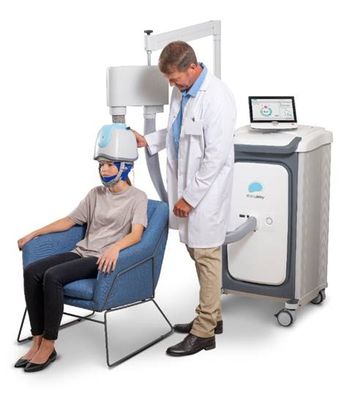
As our understanding of the neurobiology of OCD grows, additional treatment options become available and should be thoughtfully integrated into the treatment algorithm. One such option is dTMS.
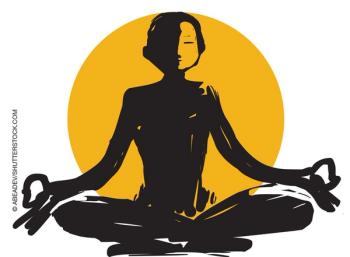
In what seem like ancient times “BCV” (before coronavirus), there was a more slowly growing scourge for physicians and other health care workers: burnout.
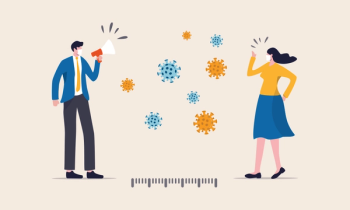
Online tools are bringing much needed social interaction while staying safe at home, according to this teen.

Samuel T. Wilkinson, MD, discusses the risks and benefits, as well as the challenges of clinical implementation of esketamine, for treatment-resistant depression.
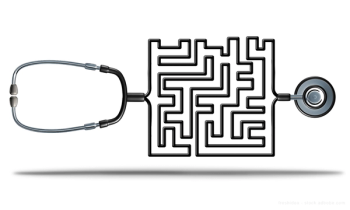
His widow sues. Five night-sweat-years later, our colleague wins in court, because he has good documentation.

At a time when preserving public health is our highest priority, why would we want to encourage excessive alcohol use among the vulnerable?

Dr Gabrin said not to forget about the most powerful drugs we have in the pandemic-tolerance, kindness, empathy, compassion, and patience.

Slipping out of quarantine, we walk hand in hand. Comforting words that this, too, shall pass.

Neighborhoods, tribes, gangs-each have their own culture. Unless you have been raised in one of them and are "known," you come as a stranger.

Despite proven efficacy of ADHD treatments, adherence remains a challenge.

“I met Talia almost 20 years ago. It wasn’t the usual doctor-patient relationship formed in the setting of an outpatient clinic or general inpatient hospital.”

Mounting evidence shows the endogenous opioid system is a potential therapeutic target for mood disorders, yet questions remain.
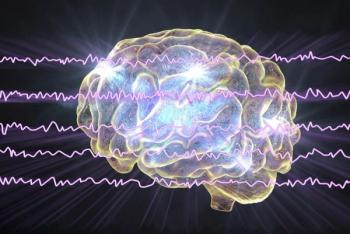
Investigators used machine learning to derive a unique electroencephalographic pattern or “signature” that appears to predict response to antidepressants vs. placebo.
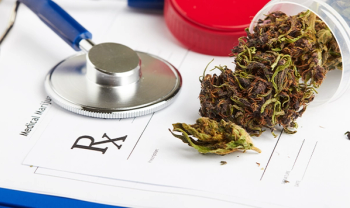
Regardless of whatever short-term benefit patients perceive from cannabis, the evidence points clearly to an association between usage and worsening course of bipolar disorder over time.

When I first learned of Anne Frank’s story, I could barely imagine the fear, the loneliness, and the isolation. During these last few weeks, I realized there is so much young people can learn from her.

They are models of the essence of heroism that is being seen in health professionals and the public during the pandemic.

As psychiatrists we must remember that comorbidities is often the rule, not the exception. This is especially true for obsessive and compulsive disorder (OCD).

OCD in the general population often differs from OCD that presents in the perinatal period. It is imperative to recognize, assess, and treat perinatal OCD to improve maternal and child outcomes and have a transgenerational impact.
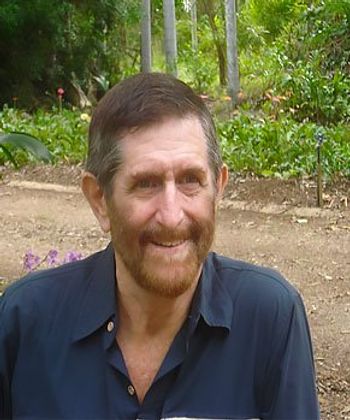
"There is a great deal that ails psychiatry-over-diagnosis, overtreatment, misallocation of resources, consistent breaches of patients’ fundamental human rights, and so forth," says Dr McLaren in this interview.

In these uncertain times, many look to Franklin D. Roosevelt’s quote “The only thing we have to fear is . . . fear itself.” But what does that really mean?

Recommendations from the International Society of Bipolar Disorders Task Force on Chronobiology and Chronotherapy and the Society for Light Treatment and Biologic Rhythms.

Dr Giovanni Fava shares his perspective on the current intellectual crisis in psychiatry and how it stems from a narrow concept of science which neglects clinical practice as a source of fundamental research questions.

The current COVID-19 pandemic has raised a number of issues related to the role and importance of psychiatrists compared with medical colleagues at this time of widespread illness and massive changes.
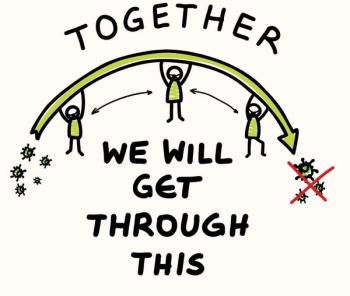
So begins this transformative journey to calm, peace, and tranquility in the face of a “coronacopia” of life upending challenges.

We often push thoughts of death far out of our awareness, but at the present time they unavoidably re-emerge. Can we learn something helpful from this?

Hearing about Coronavirus 2019 from opinionated and often unreliable sources made this 15-year-old more nervous than she needed to be.

A number of factors affect treatment adherence, including the therapeutic alliance, perceived perceived lack of control, risk of dependence on medications, stigma associated with medication use, and more.